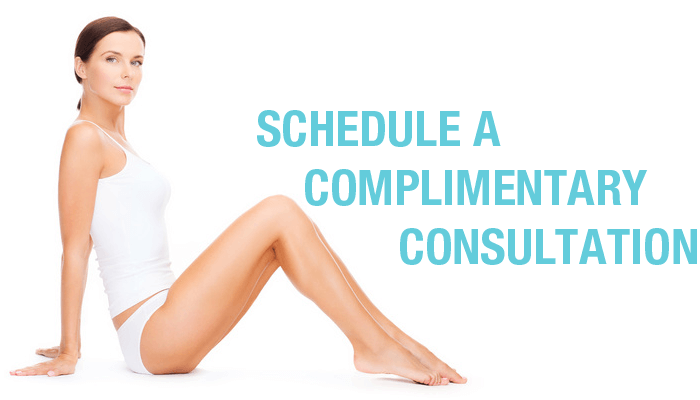Varicose Vein Treatment Overview
Veins carry blood back to the heart. In your legs, they work against gravity; your calf muscles squeeze the veins, and one-way valves keep blood moving upward. Varicose veins are weakened, dilated veins (often with faulty valves) that have lost elasticity and can’t efficiently return blood to the heart. Blood then pools, making veins bulge with the classic rope-like appearance.
These diseased veins can show up as leg veins, facial veins, or elsewhere on the body. Over time, untreated valve dysfunction can lead to chronic venous insufficiency with persistent swelling, skin changes, pain, and even ulceration.
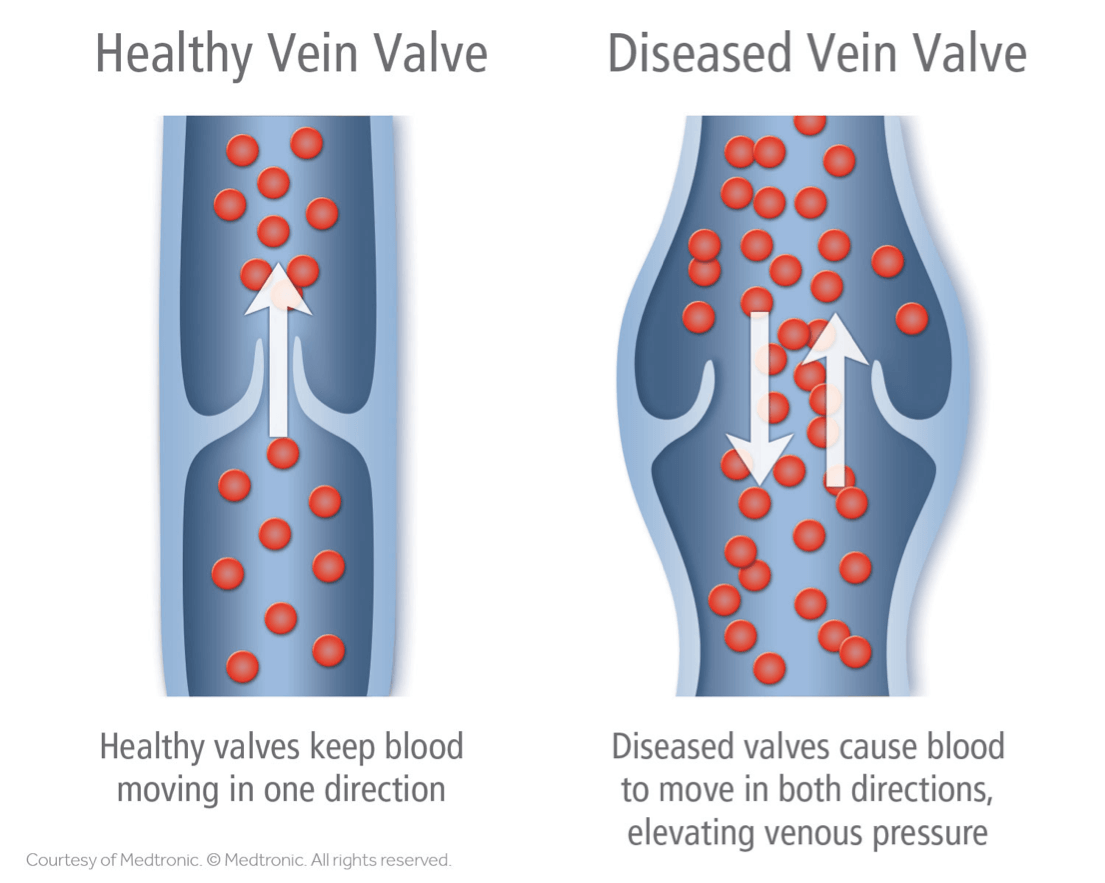
Spider Veins
Spider veins often occur alongside varicose veins due to increased pressure. They’re tiny red, purple, or blue veins just under the skin with a web-like pattern—usually a cosmetic concern and rarely painful. On the legs, spider veins are best treated with sclerotherapy. Facial spider veins are often ideal for VeinGogh™ (see our Facial Vein Treatment page). Select cases may benefit from laser therapy.
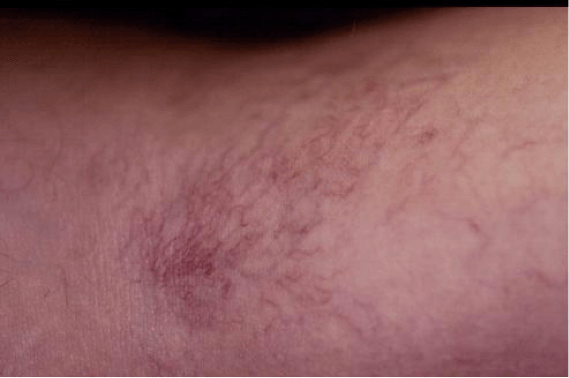
Reticular Veins
Reticular veins are larger blue or green veins located just beneath the skin and often act as “feeder” veins to spider veins. They can occasionally be tender or achy. The gold-standard treatment is sclerotherapy (including foam); some cases benefit from ambulatory phlebectomy. Learn more on our Reticular Vein Treatment page.
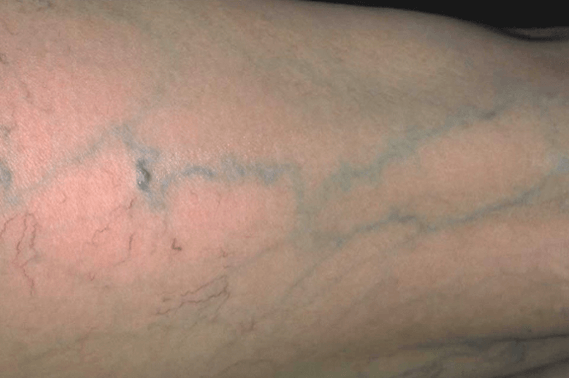
Varicose Veins
Varicose veins are rope-like, can cause pain and heaviness, and may lead to chronic venous insufficiency or phlebitis. Many originate from valve failure in the great or small saphenous vein. Modern options include radiofrequency ablation (RFA), VenaSeal, and targeted vein removal. Explore our Leg Vein Treatment page for a deeper dive.
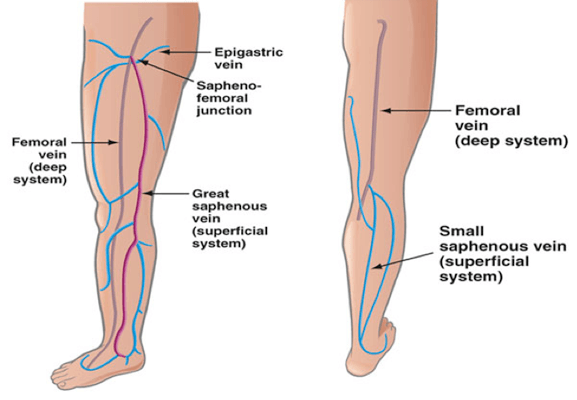
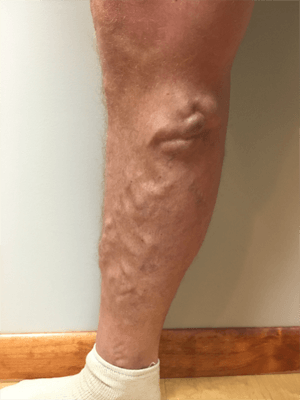
Symptoms
- Heaviness, aching, throbbing
- Swelling and leg cramps (often worse by day’s end)
- Itching or burning
- Skin discoloration or wounds (ulcers)
Bleeding
When skin is very thin over a vein, minor trauma (even a hot shower) can trigger bleeding.
Ulceration
Venous ulcers can occur with long-standing venous insufficiency and are challenging to heal.
Causes
- Genetics / family history
- Pregnancy or hormone therapy
- Excess weight
- Prolonged sitting or standing / lack of exercise
- Aging
Diagnosis
Diagnosis is often clear on exam, but choosing the right treatment requires high-quality non-invasive testing. Start with an evaluation on our Diagnosis page, then explore care options for facial veins, reticular veins, hand veins, and leg veins.
Prevention
- Elevate legs above heart when possible
- Walk, swim, or move regularly for circulation
- Maintain a healthy weight
- Avoid long periods of sitting/standing; take hourly breaks to walk
- Wear compression stockings
- Avoid sitting with legs crossed for extended periods
Who Is at Risk?
- Family history
- Pregnancy
- Oral contraceptives / hormone-replacement therapy
- Excess weight
- Prolonged sitting or standing
- Aging
Treatment Options
- Compression Stockings
- Sclerotherapy
- Radiofrequency Ablation
- VenaSeal
- Chemical Ablation
- Ambulatory Phlebectomy
- VeinGogh™
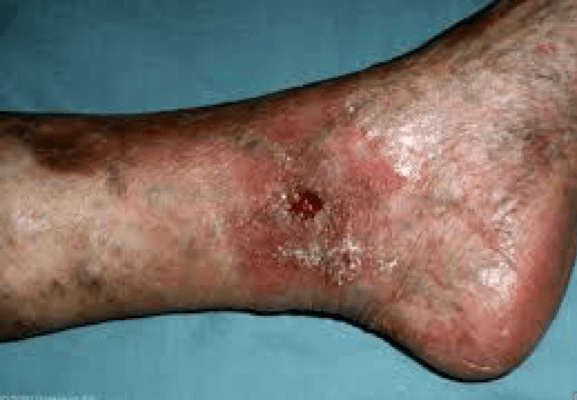
We offer comprehensive vein care across NY & NJ, from vein ablation and sclerotherapy to VenaSeal. Ready to address leg veins, reduce facial redness/spider veins, or treat reticular veins? Let’s talk.
Varicose Vein Treatment: Before and After
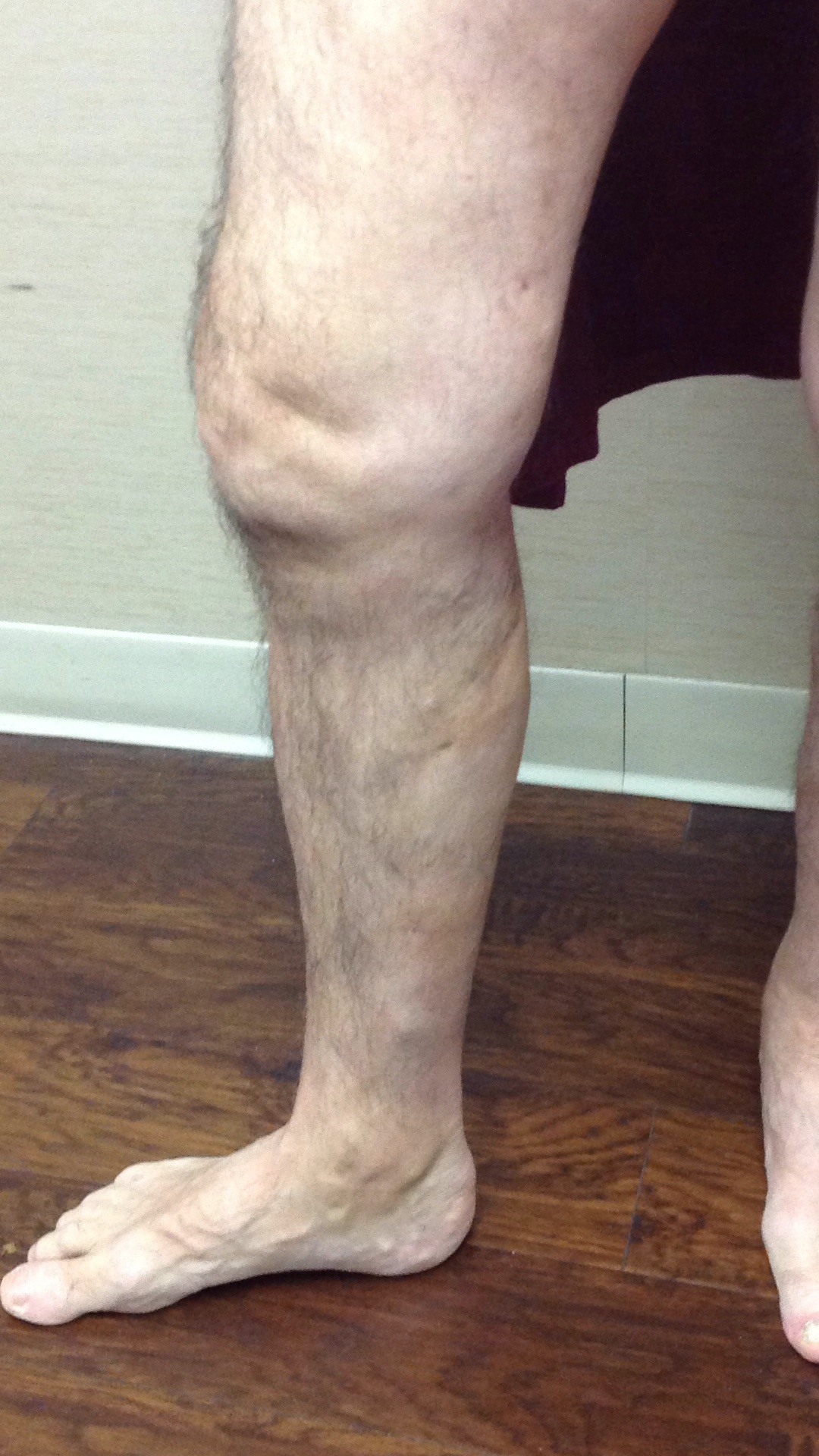

Explore All Vein Services
Quick links to our most-requested evaluations and treatments.
Ready to Take the Next Step?
Book a consultation to discuss the best treatment plan for you.


